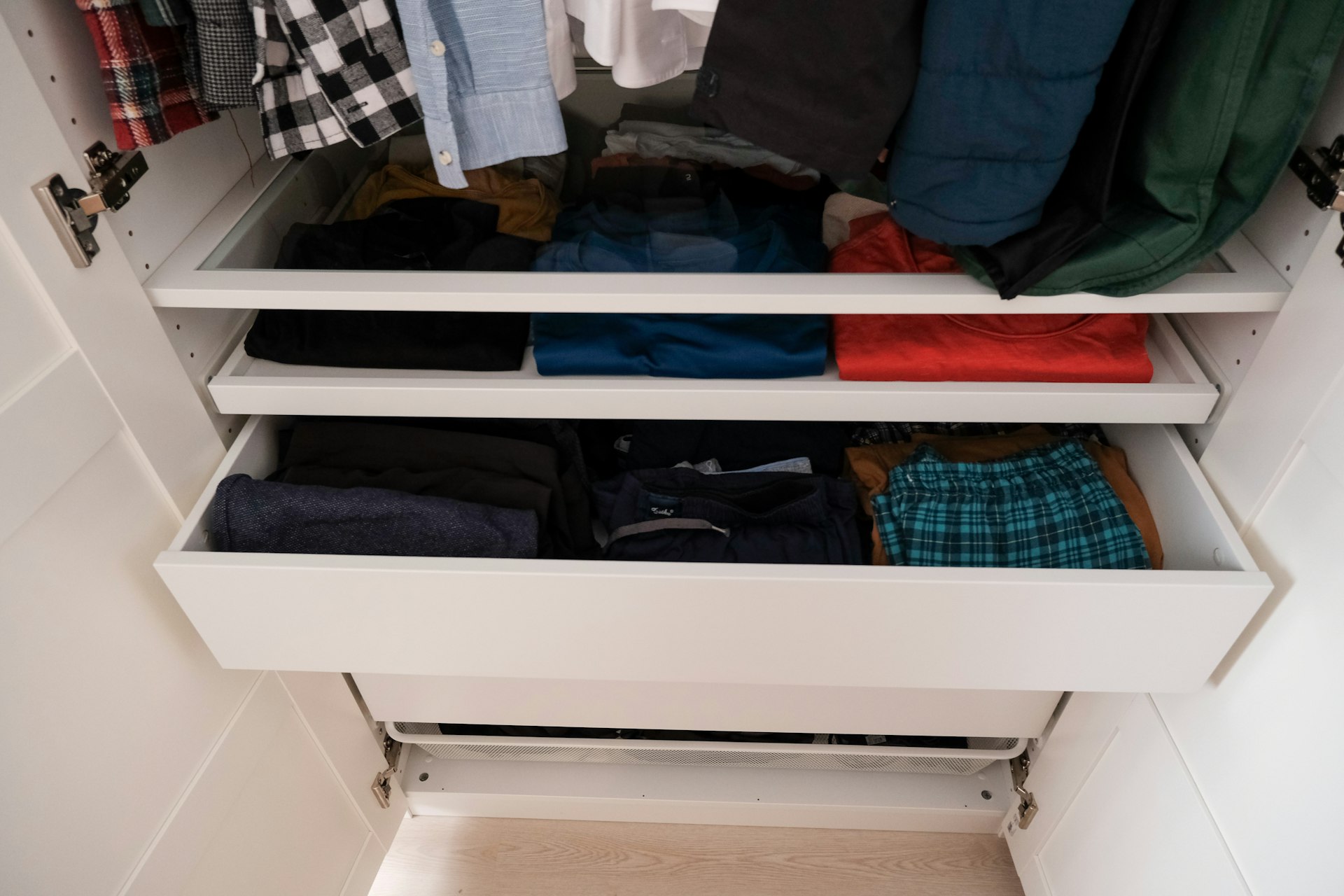Selecting the ideal material for your furniture or home decor project often leads to a choice between melamine and laminate, two prevalent options renowned for their durability, cost-effectiveness, and aesthetic allure. While these materials share certain qualities, they also possess distinctive characteristics. This article endeavors to illuminate the distinctions between melamine and laminate to aid you in making informed decisions.
Melamine: A Synthetic Marvel
Melamine is an engineered material created by combining melamine resin with formaldehyde, resulting in a thermosetting plastic that offers exceptional strength, durability, and resistance to scratches, heat, and moisture. This material is extensively used in the creation of kitchen cabinets, countertops, shelves, and various types of furniture, owing to its ability to withstand daily wear and tear.
One of the most attractive features of melamine is its wide variety of colors, patterns, and finishes. With advanced printing technology, melamine can closely mimic the appearance of natural materials such as wood grain, stone, or other textures, providing a versatile option for diverse design styles. This flexibility allows designers and manufacturers to achieve the desired aesthetic without compromising on durability or functionality.
Laminate: A Fusion of Layers
Laminate is another synthetic material known for its durability and versatility. It is made by bonding multiple layers of paper or fabric with resin under high pressure and heat, producing a strong, hard-wearing surface that is resistant to scratches, stains, and heat. Laminate is commonly used for countertops, flooring, wall panels, and furniture, making it a popular choice for both residential and commercial applications.
Similar to melamine, laminate offers an extensive palette of colors, patterns, and finishes. It can artfully replicate the look of wood, stone, and other natural materials, making it a versatile choice for diverse design preferences.
One special type of laminate is compact laminate. Find out everything about compact laminate in one of our other articles.
Distinguishing Melamine from Laminate
While melamine and laminate share certain similarities, they diverge in several key aspects that affect their use, performance, and cost.
Composition
The primary difference between melamine and laminate lies in their composition and manufacturing processes.
- Melamine: Melamine is made from a combination of melamine resin and formaldehyde, which is a type of thermosetting plastic. The melamine resin starts as a white crystalline powder that is dissolved in water and combined with formaldehyde. This mixture is then heated and pressed onto a substrate, typically particleboard or medium-density fiberboard (MDF), to create a strong, durable material. The resulting surface can be decorated with a wide variety of colors and patterns, making it suitable for many design applications.
- Laminate: Laminate consists of several layers of paper or fabric that are impregnated with resin and then bonded together under high pressure and heat. The top layer is usually a printed or decorative layer that can mimic various textures, colors, and patterns. Beneath the decorative layer, several layers of kraft paper are impregnated with phenolic resin, which gives the laminate its strength and durability. The base layers are then fused together under high heat and pressure, creating a dense, hard surface that is resistant to scratches, stains, and heat.
This difference in composition results in distinct performance characteristics. For example, melamine, being harder and more brittle, is more susceptible to chipping or cracking under heavy impact. In contrast, laminate’s layered construction provides greater flexibility and durability, making it less prone to damage from impacts.
Durability
Both melamine and laminate are celebrated for their durability, but there are nuanced differences in their performance.
- Melamine: While melamine is highly resistant to scratches, moisture, and stains, its hardness can be a drawback. It may chip or crack when subjected to significant impact or pressure. Additionally, melamine is less heat-resistant than laminate, and exposure to hot items can leave burn marks on its surface. Despite these limitations, melamine remains a strong, cost-effective material for applications where heavy impact or high heat is not a primary concern.
- Laminate: Laminate, with its layered construction, is known for its flexibility and strength. It is more resistant to chipping and cracking than melamine and offers superior heat resistance, making it a better choice for areas where hot items are frequently placed, such as kitchen countertops. Laminate is also resistant to fading, staining, and moisture, making it ideal for high-traffic areas or environments prone to spills and splashes. However, it is essential to consider that the durability of both materials can depend on factors such as the quality and thickness of the material. High-quality laminate will typically outperform lower-quality melamine.
Cost
Both melamine and laminate provide budget-friendly alternatives to natural materials like wood, stone, or metal, but their costs can differ based on their manufacturing processes and intended use.
- Melamine: Melamine is generally more affordable than laminate due to its simpler manufacturing process. It involves impregnating a single sheet of paper or fabric with resin, which is then bonded to a particleboard or medium-density fiberboard (MDF) core. This straightforward process results in lower production costs, making melamine an economical choice for projects where budget constraints are a significant consideration.
- Laminate: Laminate tends to be slightly more expensive than melamine, primarily due to its more complex production process and the option for customization. The process involves bonding multiple layers of paper or fabric with resin under high pressure and heat, and the top layer can be customized with decorative designs or patterns. The added complexity and customization options contribute to the higher cost of laminate, particularly for high-quality or specialized finishes.
Appearance
Both melamine and laminate are prized for their ability to mimic the look of natural materials, but there are differences in their appearance and aesthetic potential.
- Melamine: Melamine offers a diverse range of colors, patterns, and finishes, making it easy to find a style that complements your decor. Its surface texture can mimic natural materials like wood grain or stone, adding depth and dimension to the final product. Melamine can be finished in either glossy or matte options, allowing for flexibility in design. However, the appearance of melamine may be less convincing than laminate when trying to replicate high-end natural materials, as it may have a flatter or more uniform look.
- Laminate: Laminate takes versatility to a new level, offering an even broader range of colors, patterns, finishes, and textures than melamine. Thanks to high-resolution printing technology, laminate can replicate the appearance of natural materials with remarkable accuracy, creating a striking resemblance to real wood, stone, or other textures. Laminate provides the option for glossy or matte finishes, as well as textured surfaces that mimic the feel of natural materials. The quality of the material plays a crucial role in determining the realism of the appearance, with high-quality laminate providing a more convincing and luxurious look.
Maintenance
Both melamine and laminate are low-maintenance materials that require minimal effort to keep clean and looking their best. However, there are slight differences in their care requirements.
- Melamine: Melamine is relatively easy to clean and maintain, making it a popular choice for furniture and home decor. A simple wipe with a damp cloth and mild detergent is usually sufficient to remove dirt or grime. It is important to avoid using harsh cleaning chemicals, abrasive sponges, or steel wool, as these can damage the melamine surface and cause it to deteriorate over time. Regular cleaning and care will help maintain the appearance and longevity of melamine.
- Laminate: Laminate is similarly low-maintenance, but its textured surface may require slightly more attention than melamine. Cleaning laminate can be accomplished with mild detergent and warm water, and abrasive cleaners or steel wool should be avoided to prevent surface scratching. Laminate may also be more susceptible to moisture-related damage, so it is essential to protect it from prolonged exposure to damp environments. Regular maintenance practices, such as wiping down surfaces to remove dirt and dust, using coasters or placemats to protect against scratches and stains, and avoiding placing hot items directly on the surface, can help extend the lifespan and preserve the appearance of laminate.
Conclusion
In conclusion, both melamine and laminate offer excellent options for furniture and home decor projects, each with its unique advantages and disadvantages. Melamine is cost-effective, easy to clean, and available in a wide range of colors and patterns, making it suitable for budget-conscious projects and low-impact applications. Laminate, on the other hand, offers superior durability, heat resistance, and a broader range of design options, making it ideal for high-traffic areas or applications where appearance and performance are paramount.
When sourcing materials in China or any other market, understanding the differences between melamine and laminate can help you make informed decisions that align with your project's specific needs, budget, and aesthetic preferences. By considering factors such as composition, durability, cost, appearance, maintenance, and environmental impact, you can select the right material to achieve the desired results for your project.
Remember, whether you choose melamine or laminate, it is essential to work with reputable suppliers and manufacturers who can provide high-quality materials that meet your standards for safety, performance, and sustainability.






